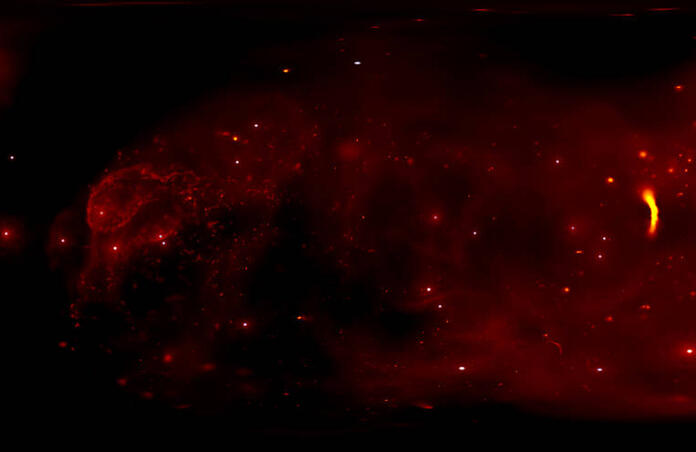Milky Way’s Black Hole is Becoming More Active Than Usual

The supermassive black hole at the center of our galaxy, which is relatively inactive compared to others, has recently been ramping up its activity level. According to a new study published on arXiv.org, the supermassive black hole, known as Sagittarius A* (Sgr A*), is emitting far more X-ray flares than usual. Sgr A* is not considered to have an active galactic nucleus, meaning it’s very unusual that it’s producing such a high amount of these flares.
An Increase in X-ray Flaring

A previous study of 16 years’ worth of data collected by the Chandra, CMM-Newton, and Swift observatories concluded that Sgr A*’s rate of bright flaring has increased since August of 2014. The study also suggested that the number of faint X-ray flares has decreased since August of 2013. The team, which was led by Enmanuelle Mossoux of the University of Liège in Belgium, set out to test these findings.
After studying the data, the team noted that “we detected an increase by a factor of about three in the flaring rate of the most luminous and most energetic flares that have occurred since 2014 Aug. 30." The study also states that this level of flaring was "unprecedented compared to the historical data." It further mentions that “the X-ray activity of Sgr A* has increased for more than four years.” However, though they discovered and quantified the increase, the researchers aren’t quite sure why Sgr A* is behaving in such a manner.
Further Observation

Both the Chandra and XMM-Newton observatories set to release more data on the black hole over the coming years, which may provide answers to this sudden change. Though the team studied x-ray data, they suggest solutions may also lie hidden in other wavelengths. "Since 2014, the activity of Sgr A* has increased in several wavelengths…Additional studies about the overall near-infrared and radio behavior of Sgr A* are required to draw strong results on the multiwavelength activity of the black hole.”
The team submitted their research to the science journal, Astronomy & Astrophysics, though it has yet to undergo peer review. The study is currently viewable through arXiv.